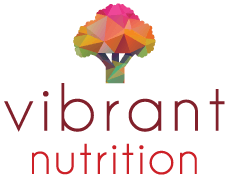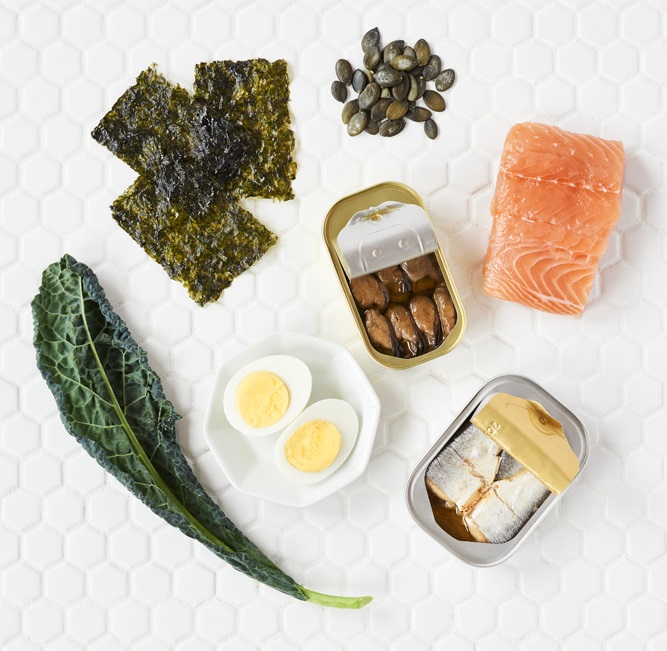August 8th, 2019
How Much Protein Do Kids Need?
Do you feel like the world is obsessed with protein? It is. Searching “protein” on google is one of the top nutrition-related searches out there. It seems there is a constant pressure to get higher protein or more protein, and it is a primary feature of most fad diets. But kids don’t need diets, they need nutrition. So, how much protein do kids need?
As a parent, you may be constantly worried that your child is not getting ENOUGH of this magical macro. And it can feel like babies and toddlers, even school-aged kids, are not eating enough higher-protein choices at meals and snacks. Or perhaps you are following a high-protein plan yourself, and wonder if it’s appropriate for your kids (aka protein balls and shakes!).
Protein is important for numerous functions in the body- proper immune function, hormone and enzyme production, repair and of course, muscle and bone growth. Protein tends to provide more satiety (helps you feel fuller) than carbohydrates, but contains less calories than fat. This makes protein an attractive option for weight loss and fad diets. With the rise of plant-based protein and the recent changes to the food guide, there are more options than ever for protein foods.
Protein requirements vary wildly and contrary to popular belief, you can have too much. Let’s go through protein recommendations, how to meet them, and making sure your baby or child is getting a balanced whole diet of carbs, proteins and fats!
What do the guidelines say?
Recommendations for amounts of dietary protein change according to age, with the highest requirements for babies under 2 years and pregnant women. Due to it being highly individual, we calculate protein needs based on grams of protein per kilogram of body weight. Adults require 0.8g/kg/day as per current guidelines, but I can tell you this is WAY TOO LOW. Most adults, especially as we age, do very well with 1.1 up to 1.2 grams of protein per kg of body weight. This is due to increased needs for repair, and age-related losses. As adults we are trying to maintain lean muscle, because we are no longer growing.
How much protein do kids need? Children, however, are growing and developing, so their needs remain higher, but for a different reason:
- The recommended daily allowance of protein for a 1-3 year old is 1.05g/kg/day
- This is about 13g / day on average
- The recommended daily amount 4-8 year olds is 0.95g/kg/day
- This is around 19g/day on average
Given how quickly kids grow during these years, their needs will be constantly changing. More active kids may require more protein, and children with extra layers such as special needs may need more protein as well. Every child is different!
As a percentage of macronutrients in a day:
- 1-3 year olds, protein needs to account for 5-20% of their overall diet.
- 4-8 year olds, this amount goes up to 10-30% of overall diet.
These calculations are NOT an exact science, like much of nutrition science! The overall message is that carbohydrates are still the largest portion of a child’s diet, crucial for healthy kids, and should be accounting for 45-65% of their caloric intake. Protein and healthy fats should make up the rest. While adults may be cutting carbs to reach their health goals, carbohydrates are much more valuable to a young child’s brain; the brain is a dedicated user of glucose, and that’s what it prefers. Kids require this glucose for their rapid growth, development and change on a daily basis, so cutting THEIR carbohydrate sources is a major mistake.
Remember with kids, carbs are Queen.
Every kid is different
The recommendations are just that- a general example of what your child needs. Kids grow at wildly different paces, which is why the body weight formula makes more sense than an age guideline. As well, activity level plays a major role in protein and energy needs. If you have a very active child, especially if they are involved in athletics, then adding in some extra protein and energy servings during the day can be helpful. Think apples with peanut butter, plain yogurt with berries, dried roasted chickpeas, or cheese with whole wheat crackers.
So where is your kid getting protein from anyways?
People often think meat when they think protein, and that definitely constitutes a major source for most kids. But protein exists in many more foods than that- eggs, milk, tofu, beans, lentils, peas, nuts, seeds, and even whole grains contain some protein. There are trace-amounts of protein in most green vegetables and fruits, so don’t rely on those for protein. Here are some of the common serving sizes and protein content for foods your kids might be eating:
- ¼ cup tofu- 10g
- 1 egg- 6g
- ½ cup milk or soy milk- 4g
- 1 tbsp nut butter- 3.5g
- ½ cup full-fat yogurt- 6g (about twice as much in Greek!)
- 1 slice whole grain bread- 3g
- ½ cup beans- 8g
- ½ cup lentils- 4.5g
- ¼ cup shredded meat- 8-12g
- ¼ cup fish- 10g
- 1 tbsp seeds (pumpkin, sunflower)- 2g
- ¼ cup quinoa- 2g
Growth Concerns
Sometimes a paediatrician or dietitian might advise a higher protein diet for a child if they are not meeting growth targets or pace. This would involve increasing overall calories, not only protein. A lot of parents ask about protein powders, however unless specifically recommended, these are generally not appropriate for children as they contain very high amounts of protein and additives. Common protein powders have also been shown to be a source of heavy metals.
Talk to your child’s doctor or see a registered dietitian before altering your child’s diet- kids grow at different paces and following their own growth curve is more important than catching up to other kids of a similar age.
My child has an aversion to many protein-foods. What do I do?
Children go through phases with different foods, and it can be frustrating and stressful when they’re avoiding whole food groups. Neophobia, or Food Jags as they are called, aren’t uncommon, particularly in younger kids who are adjusting to new textures and tastes. The great thing about protein is that there are so many different options to fill those requirements. If your child is avoiding meat, try some plan-based alternatives either on their own or by adding lentils, beans, and tofu to soups, stews, and pastas. Offer a variety of different protein types at meals and snacks- check some of our suggestions below for inspiration!
If you are worried the pattern has gone on for too long, or a significant issue with texture or flavour aversions appears, check in with your paediatrician or dietitian. They can help you determine next steps.
Protein Foods for Every Meal
Here’s some inspiration for protein-meals. Your child may not eat all of it, or they might avoid the protein part entirely. That’s okay- repeat exposure is key! Ask your child for their help in preparing these meals together for more buy-in and a dash of extra quality time.
Breakfast Meal Ideas:
- 1/2 of plain yogurt with berries, chia seeds and honey
- ½ cup of steel-cut Oatmeal with nut butter
- 1 x Whole wheat toast with peanut butter
- Scrambled eggs or tofu with fruit and toast
Lunch:
- Salmon salad sandwiches with green apple slices
- Shredded chicken wraps with pepper strips
- Bean or lentil soup with toast and fruit
- Hummus with pita strips and veggie sticks with veggie dogs
Dinner:
- “Sloppy joes” or burger patties with lentils replacing some or all of the meat
- Tofu stir-fry with brown rice and veggies
- Whole wheat pasta and tomato sauce with ground meat or chickpeas
- Grilled fish and frozen green peas with quinoa
Snacks:
- Cheese and whole wheat crackers (think Triscuits)
- Homemade trail mix with nuts and seeds and raisins
- Roasted chickpeas or lupini beans and fruit
- Edamame beans with fruit
- Fruit smoothie made with yogurt or milk and a scoop of peanut butter
Final Thought
Protein is great but don’t focus on it exclusively when it comes to your kid’s diet! Offer a variety of different protein foods along with lots of fruits, veggies, whole grains and healthy fats!


